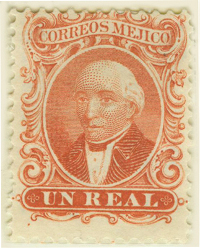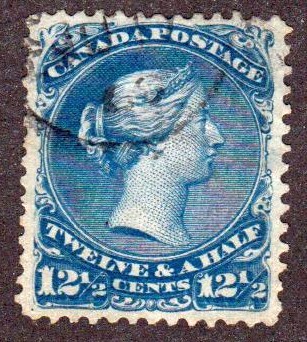
Discussion - Member to Member Sales - Research Center

Discussion - Member to Member Sales - Research Center

Below are two 336B rouletted. There are several subtle differences, but the most noticeable is with the vertical bars. On one specimen they are distinct and well spaced. On the other they are closer together. Were they overprinted in different places? If so, where were they oveprinted?

The next image is 335 B P rouletted. Note the vertical bars. While the denomination and and the word 'millarden' are muddy, blurred, the vertical bars are broken. I don't find a reference to this as a known plate flaw. Is it just an ink issue? What do we know about this problem?


1 Member
likes this post.
Login to Like.
The very large need for stamps required simultaneous printing in several postal directions (OPD).
These OPDs can be identified by the shape of the selvedge.
There is an old thread that reproduces the page from cat.Michel:
https://stamporama.com/discboard/disc_main.php?action=20&id=16967#128180
Each OPD has a description of the overprint -see in parentheses on the catalog page- but I don't think anyone (except experts) can identify the OPD.

1 Member
likes this post.
Login to Like.
I don´t Think there is a difference in the spacing of the bars. Just appears that way because the ink on the left stamp was likely more fluid or the plates were just cleaned and still a bit wet.

1 Member
likes this post.
Login to Like.
04:15:02pm
I have puzzled over three examples from my collection; perhaps you can help.
Below are two 336B rouletted. There are several subtle differences, but the most noticeable is with the vertical bars. On one specimen they are distinct and well spaced. On the other they are closer together. Were they overprinted in different places? If so, where were they oveprinted?

The next image is 335 B P rouletted. Note the vertical bars. While the denomination and and the word 'millarden' are muddy, blurred, the vertical bars are broken. I don't find a reference to this as a known plate flaw. Is it just an ink issue? What do we know about this problem?


1 Member
likes this post.
Login to Like.
01:53:52am
re: 1923 Overprints Question
The very large need for stamps required simultaneous printing in several postal directions (OPD).
These OPDs can be identified by the shape of the selvedge.
There is an old thread that reproduces the page from cat.Michel:
https://stamporama.com/discboard/disc_main.php?action=20&id=16967#128180
Each OPD has a description of the overprint -see in parentheses on the catalog page- but I don't think anyone (except experts) can identify the OPD.

1 Member
likes this post.
Login to Like.

re: 1923 Overprints Question
I don´t Think there is a difference in the spacing of the bars. Just appears that way because the ink on the left stamp was likely more fluid or the plates were just cleaned and still a bit wet.

1 Member
likes this post.
Login to Like.

